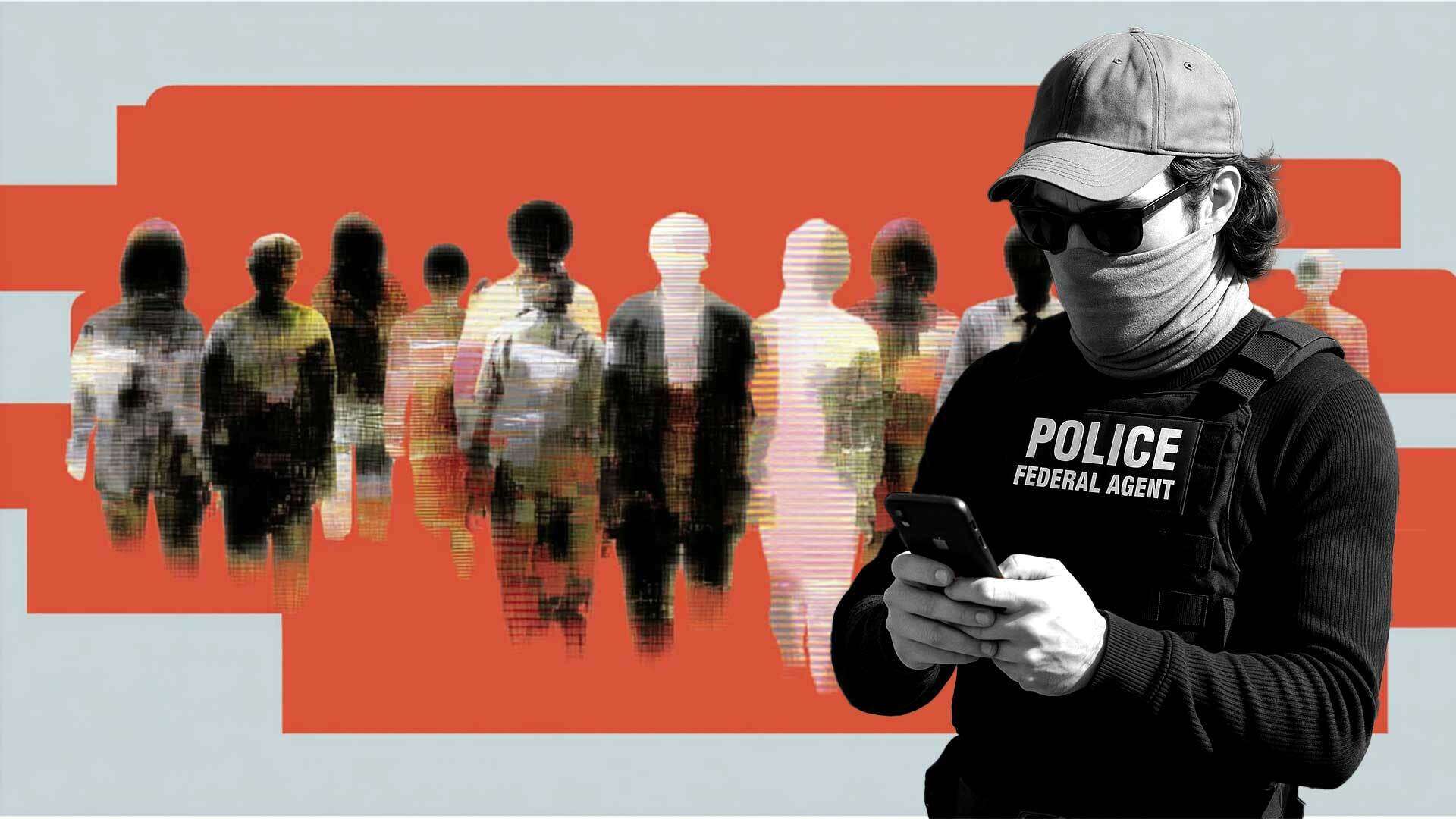“This data is not and has never been intended to be used for immigration purposes,” said Arizona’s Attorney General
Immigration and Customs Enforcement agents from the Enforcement and Removal Operations (ERO) division have been cut off from a financial surveillance database long used to track wire transfers between the U.S. and Mexico, according to disclosures reported by The Intercept.
The Transaction Record Analysis Center, or TRAC, was created in 2014 through a settlement with Western Union and holds records of hundreds of millions of transfers. For years, civil liberties advocates have warned that ICE would use TRAC for deportations, despite official claims that it was intended only for money laundering and drug trafficking investigations.
Arizona Attorney General Kris Mayes, who oversees TRAC, confirmed to The Intercept that ERO agents had been “de-platformed” since June following concerns over misuse of the data. “This data is not and has never been intended to be used for immigration purposes,” Mayes said in a statement, while maintaining her support for its use in cartel-related cases.
The decision came after The Intercept documented two cases this year in which ICE’s Homeland Security Investigations (HSI) division used TRAC records to locate immigrants with no criminal history beyond unauthorized presence. One of those cases involved Gregorio Cordova Murrieta, a 48-year-old Mexican citizen living in Hawaiʻi, who was arrested in June after sending money home to family through MoneyGram and Western Union.
Cordova had lived quietly with his fiancée, running a tile business and coaching soccer before an HSI agent reviewed his remittance history and tracked him to his home in ʻAiea. He was charged with illegal reentry, pleaded guilty in August, and now awaits sentencing.
Civil liberties groups argue the Cordova case illustrates how a tool designed to stop money laundering has been repurposed for mass deportation. “We’re talking about a sweeping system going after people really for nothing more than spending their own money,” said Nick Anthony, a policy analyst with the Cato Institute, to Civil Beat back on August 18.
The American Civil Liberties Union praised Mayes for restricting access but called the measures insufficient. “Cutting off ICE Enforcement and Removal Operations agents still leaves access for the thousands of agents in ICE Homeland Security Investigations,” said Nathan Freed Wessler of the ACLU to The Intercept.



